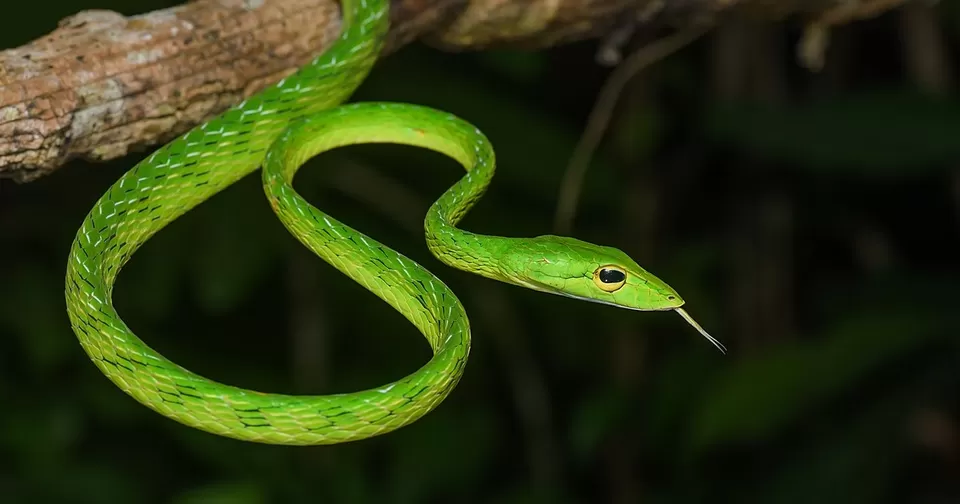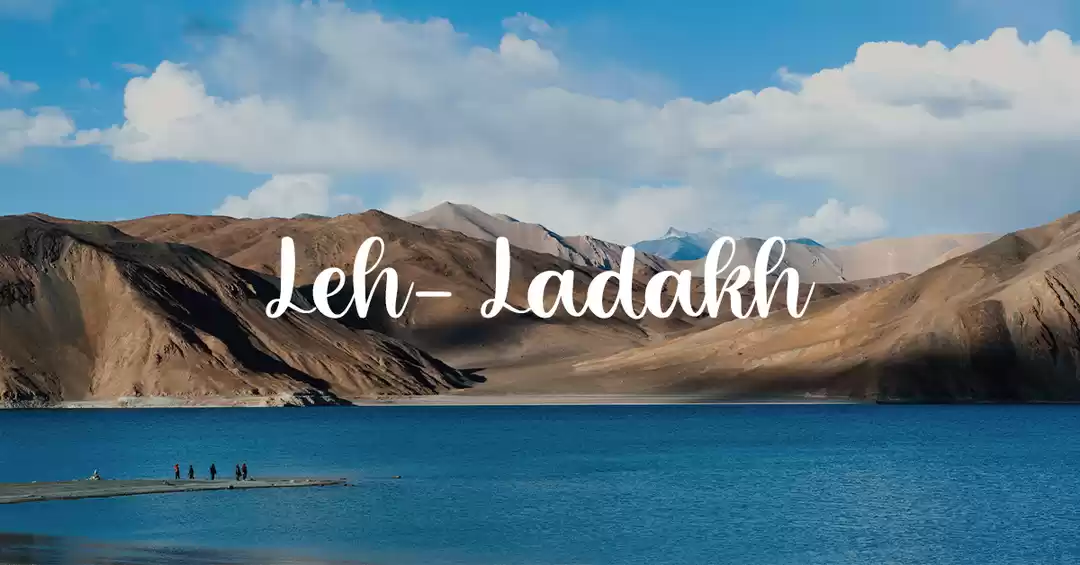
Welcome to a photographic journey through the biodiversity hotspot that is Amboli Ghat, a richly endowed region nestled in the Sahyadri Hills of western India. This unique treasure of nature brims with exotic wildlife and fascinating flora, creating an idyllic canvas for those passionate about the natural world and wildlife photography.
In this blog post, we will explore the diverse habitats of Amboli Ghat, unravelling its captivating biodiversity through a camera lens. From the lush, verdant forests teeming with diverse birdlife and elusive mammals to the crystal-clear streams housing an astonishing variety of amphibians and fish, Amboli Ghat is a dream come true for every wildlife enthusiast and photographer.
So, buckle up, ready your lenses, and join us on this exciting journey to one of India's most thrilling wildlife destinations, Amboli Ghat.
The Biodiversity of Amboli Ghat
The Amboli Ghat, often touted as the "Cherrapunji of the South" owing to its high rainfall, boasts a rich tapestry of biodiversity, making it a hotspot for naturalists and photographers alike. Nestled in the Western Ghats, one of the world's eight 'hottest hotspots' of biological diversity, Amboli Ghat is home to many species that are endemic to this region.
Flora
The lush landscapes of Amboli Ghat are adorned with verdant evergreen and semi-evergreen forests. These forests are rich in species of Ficus, Myristica, Garcinia, and several others, making them a sanctuary for plant lovers. The region's flora diversity is further augmented by countless medicinal plants and the splendorous sight of numerous orchid species. The moss-laden trees and the forest canopy teem with epiphytes, presenting a visual treat to the visitor.
Fauna
When it comes to fauna, Amboli Ghat is no less impressive. Mammals such as the elusive Black Panther, Bengal Tigers, and Indian Gaur (Bison) find their habitat here. Primates like the Bonnet Macaque and Common Langur are often spotted scampering around. Small carnivores like the Indian Civet and the Ruddy Mongoose also reside in these dense forests.
Birdwatchers can have a field day with over 250 bird species, including rarities like the Malabar Trogon, Indian Pitta, and the Ceylon Frogmouth. The chorus of the Whistling Thrushes and the Malabar Whistling Thrush offers a natural symphony that fills the air with a musical serenity.
The region's herpetofauna is equally intriguing. Amboli Ghat is well-known for its high diversity of amphibians. The Amboli Toad, Amboli bush frog, and the Malabar Gliding Frog are some endemic species found here. Numerous species of snakes, including the Malabar Pit Viper and the Hump-nosed Pit Viper, also inhabit these landscapes.
How to Plan a Wildlife Photography Trip to Amboli Ghat
Planning a wildlife photography trip to Amboli Ghat can be an exciting endeavour. With the proper preparations, you can make your visit to this biodiversity hotspot memorable. Here are some essential tips to help you plan:
Understanding Amboli Ghat
Before your trip, learning about Amboli Ghat, its geography, climate, and local culture is beneficial. A good understanding will help you better prepare and enhance your overall experience. For our Marathi readers, here's a valuable resource with detailed Amboli Ghat information in Marathi.
Best Time to Visit
While Amboli Ghat can be visited throughout the year, the monsoon months from June to September are particularly captivating. This is when the forest is lush, waterfalls fully flow, and several amphibian species are active. For birdwatchers, the winter months from October to February are ideal, with migratory birds adding to the native population.
Essential Gear
Carry the right photography equipment. A good DSLR or mirrorless camera with various lenses, such as a telephoto lens for bird and mammal photography and a macro lens for close-ups of amphibians, insects, and flora, is recommended. Tripods can be beneficial for stable and sharp images. Remember to bring enough memory cards and batteries.
Given the humid and rainy conditions, protective gear for your camera and lens, like rain covers and dry bags, are essential. Carry silica gels to prevent fungus on your lenses.
Safety Precautions
Ensure you are well-equipped with leech socks, waterproof trekking shoes, raincoats, and insect repellent. Remember, the terrain can be challenging and slippery during monsoons.
Respect Local Guidelines
Follow the local guidelines for tourists, and always respect the privacy and traditions of the local communities. Do not litter, and carry back all your trash. Remember, we are guests in this biodiverse land and should leave no trace.
Ethical Wildlife Photography
Ensure your photography does not disturb the wildlife or their natural behaviour. Keep a safe distance and avoid using flash, especially for close-up shots, as it can disrupt the animals.
Local Guides
Hire local guides, if possible. They have invaluable knowledge of the terrain, animal behaviour and can lead you to the best spots for photography.
Lastly, patience and perseverance are the keys to good wildlife photography. Every trip to Amboli Ghat promises a unique experience, and even if you don't get the perfect shot, remember to soak in the beauty of the surroundings and enjoy the journey.
Wildlife Photography in Amboli Ghat
Wildlife photography in Amboli Ghat presents a captivating blend of challenges and opportunities. The region's rich biodiversity provides ample subjects for a photographer's frame. However, dense forests and often unpredictable weather conditions can pose unique challenges. Understanding the terrain and being prepared with the right gear and techniques can significantly enhance the photography experience.
Opportunities in Amboli Ghat
The wide range of fauna and flora in Amboli Ghat provides endless opportunities for wildlife photography. From larger mammals like the Indian Gaur to the smallest insects, there is no shortage of subjects. Bird enthusiasts will find a treasure trove of species to photograph, while the myriad of amphibians and reptiles provide excellent macro photography opportunities.
The landscapes of Amboli Ghat, blanketed in lush greenery, sparkling streams, and cascading waterfalls, also present breathtaking frames for landscape and nature photography.
Challenges and Solutions
One of the primary challenges of wildlife photography in Amboli Ghat is dealing with the region's high rainfall and humidity, especially during the monsoon season. Protecting your camera and gear from moisture is crucial. Weather-sealed equipment, silica gel packs, and waterproof bags can help mitigate this issue.
The dense foliage and low light conditions can make focusing on subjects challenging. Understanding your camera's focus settings, practising manual focus, and using lenses with a larger aperture can help overcome this.
Tips for Wildlife Photography in Amboli Ghat
Patience and Perseverance: Wildlife photography requires waiting for the right moments. Animals and birds may not appear or behave as expected, and patience can often reward you with the best shots.
Understand your Subject: Researching and understanding the behaviour and habitats of the wildlife you aim to photograph will help you predict their actions and be ready for the perfect shot.
Respect the Wildlife and Environment: Remember, you are in their home. Maintain a safe distance and avoid disturbing the animals. Also, adhere to the 'Leave No Trace principles to preserve the environment.
Early Mornings and Late Evenings are the Best: These 'golden hours' provide the best light conditions for photography.
Carry the Right Equipment: Ensure you carry the right lenses depending on what you aim to photograph. A good telephoto lens is necessary for bird photography, while a macro lens would be essential for photographing amphibians and insects.
We will embark on a photographic journey, showcasing some of the iconic wildlife and unique flora of Amboli Ghat, captured through the lens of wildlife photographers.
Amboli Ghat’s Most Iconic Wildlife: A Photographic Journey
Welcome to the heart of our photographic journey, where we explore and marvel at the most iconic wildlife of Amboli Ghat, captured in their natural splendour. These images tell a story of the remarkable biodiversity nestled in the heart of the Western Ghats.
Malabar Pit Viper: This spectacular snake, known for its unique camouflage and stunning colour variation, is a common inhabitant of the Amboli forests. Photographed here, in a state of rest on a moss-laden branch, the viper showcases the power of nature's design.
Indian Gaur: The Indian Gaur, or the Indian Bison, is the most prominent bovine native to South Asia. This striking image captures an adult Gaur grazing peacefully in the verdant landscapes of Amboli Ghat, exemplifying the majesty of these animals.
Amboli Bush Frog: An endemic species to the Western Ghats, the Amboli Bush Frog is a small yet fascinating creature. This macro shot provides an up-close look at this remarkable amphibian, emphasizing its vibrant colours and unique features.
Malabar Gliding Frog: The Malabar Gliding Frog, known for its ability to glide from one tree to another, is another endemic species of the Western Ghats. This dramatic capture of the frog in mid-flight epitomises nature's marvels.
Malabar Trogon: Known for its vivid plumage and secretive behaviour, the Malabar Trogon is a delight for any birdwatcher. The image showcases the trogon in its natural habitat, displaying its striking colouration.
Black Panther: This elusive feline is a sight to behold. Captured here on a twilight prowl, the Black Panther demonstrates the mystic allure of the Amboli Ghat forests.
Each of these photographs captures a moment in time and highlights the stunning biodiversity of Amboli Ghat. These images underscore the need for conservation and the role each of us can play in preserving these magnificent creatures and their habitats.
Conclusion
Through this photographic journey, we've explored the rich biodiversity of Amboli Ghat, a land teeming with vibrant flora and fascinating fauna. Yet, the importance of our trip extends beyond appreciating and documenting the natural beauty of this region. It is a stark reminder of the imperative to conserve these precious biodiversity hotspots for our planet's health and future generations.
Biodiversity hotspots like Amboli Ghat are essential for sustaining life on Earth. They support numerous species, many of which are not found elsewhere. They maintain the balance of ecosystems, influence climate regulation, and provide countless benefits, from pollination to carbon sequestration.
Therefore, our photographic journey through Amboli Ghat is more than merely a documentation of its rich biodiversity. It is a celebration of life in all its diversity and a call to action for its preservation. So, the next time you pick up your camera, remember that every frame, every image, and every story can be a powerful tool for conservation.













